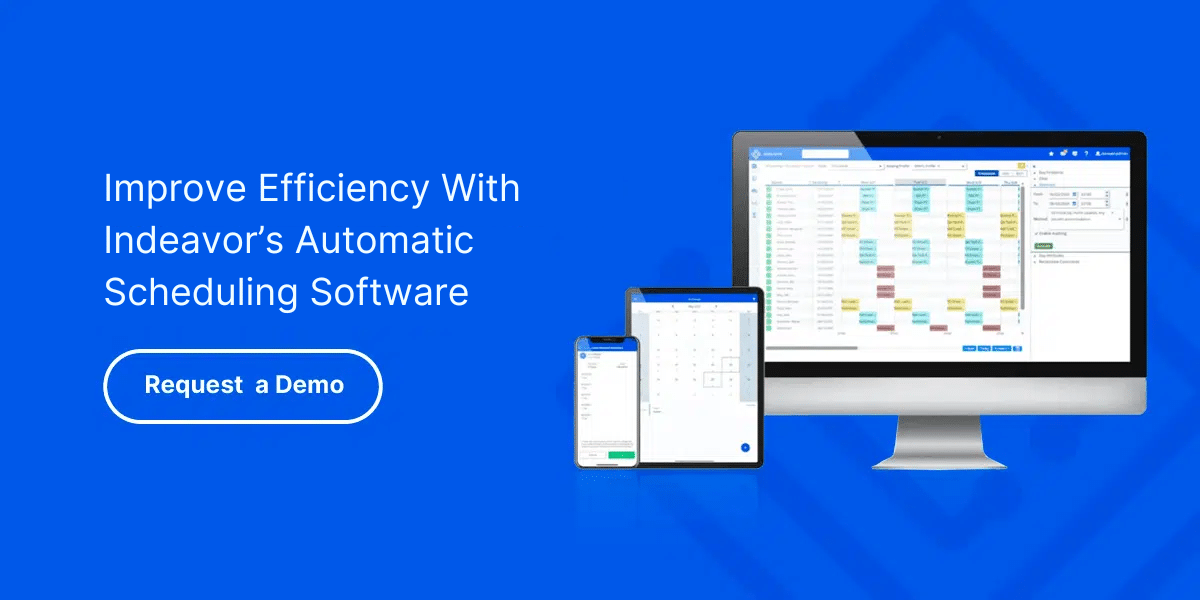In your quest to stay agile are you transforming the people side of your business with the same urgency that is typically given to the tech side?
According to Holger Mueller, Vice President and Principal Analyst at Constellation Research, you should be. Enterprise Acceleration is defined by aligning technology (your software) and people (your talent) to make the entire organization move faster and become more agile.
A key to ensuring proper Enterprise Acceleration is to have CxOs listen to what their front-line employees—in Mueller’s words, “people leaders”— need for their team to become more successful. Since these people leaders dictate what the areas of improvement are, long gone are the days of “one size fits all” software. Instead, Mueller encourages enterprises to take a “non-monolithic” approach with microservices.
That means you need to be leveraging best of breed tools for specific problems, allowing more customization based on division need. To ensure holistic interdepartmental communication, you also need to be able to integrate these tools. It’s preferable to have the best tool(s) for each job in the right places, as opposed to one tool that superficially covers a breadth of workforce management.
Agility in Business
Agility in the business context refers to an organization’s ability to quickly adapt and respond to changes in the market, customer needs, technology, and other external factors. It’s about being nimble, flexible, and proactive rather than reactive.
The significance of agility lies in its ability to help businesses stay competitive and resilient in the face of uncertainty and rapid change. In today’s volatile and unpredictable markets, companies that can’t adapt quickly risk being left behind. Agility enables organizations to seize new opportunities, mitigate risks, and stay ahead of the curve.
Key Characteristics
Agile organizations share several common characteristics that set them apart from traditional, hierarchical structures:
- Adaptability: Agile organizations are quick to recognize changes in their environment and adjust their strategies, processes, and priorities accordingly.
- Collaboration: Collaboration is at the core of agile culture. Teams work together across functions and departments, breaking down silos and fostering open communication.
- Empowerment: Agile organizations empower their employees to make decisions and take ownership of their work. This autonomy fosters innovation and creativity.
- Iterative approach: Agile organizations embrace an iterative approach to problem-solving and project management. They continuously experiment, learn from feedback, and refine their processes.
- Customer-centricity: Agility is not just about internal processes; it’s also about delivering value to customers. Agile organizations prioritize customer needs and feedback, iterating on products and services to meet evolving demands.
The Role of People in Driving Agility
Is your organization’s C-Suite asking their people leaders what critical skills are missing? Is HR aware of talent gaps that need to be recruited to fully move the business forward?
The cornerstone of organizational agility is a workforce that is not only skilled but also adaptable. The ability of employees to swiftly pivot, learn new skills, and embrace change is crucial for staying competitive and responsive to evolving market demands.
A workforce that possesses a diverse range of talents and is capable of quickly acquiring new competencies enables the organization to navigate uncertainties with agility and resilience.
Is your organization equipped to identify these critical skills and ensure they are nurtured effectively? Implementing a comprehensive skills platform can streamline this process by providing a centralized repository for tracking employee skills and competencies. Such a platform not only facilitates the identification of skill gaps but also enables targeted training and development initiatives to address them.
By investing in the continuous enhancement of employee skills through a robust skills platform, organizations can empower their workforce to adapt to evolving challenges and drive sustained business agility.
Implement Real-Time Management
Are you empowering your people leaders? Do they have the tools that allow them to act when a problem arises, or are they only able to see what the problem is?
Of course, acting and acknowledging are two different things, but you can’t do either without the right data. All electronic information needs to be easily accessible, especially when a problem needs to be solved right away. Below are a few examples of how a microservices approach can help you overcome day-to-day roadblocks.
What is the current strategy when an employee calls in sick an hour before the shift is due to start? If your supervisors are stuck calling employees, sometimes with little regard for hours worked or qualifications, then they are not utilizing their time wisely. With a tool that automates the call out process, your supervisor can fill a schedule vacancy in minutes while focusing on other work.
What about when scheduling requirements change at the 11th hour? Equipment breaks, priorities change, or a lack of proactive planning sneaks up and leaves you scrambling. With a flexible, demand-driven, automated scheduling application, your schedulers and supervisors have built-in (automation) tools to quickly and easily respond appropriately to these disruptions. In turn, it allows them to leverage up-to-the-minute data and your own scheduling rules in the decision making. This level of agility is exactly what modern enterprises need to be able to move their business forward in today’s competitive environment.
Real-time management doesn’t have to be time consuming. In fact, if the C-Suite communicates with the people leaders about areas of improvement like Mueller recommends, they’ll probably find that manual, outdated processes is a common setback. It certainly doesn’t help agility either.
Stay Agile With Indeavor
Maintaining agility in the long term requires ongoing alignment between people and technology. As markets evolve and technologies advance, organizations must continuously reassess their strategies, processes, and workforce skills to remain agile. It’s not enough to achieve alignment once; it must be an ongoing priority to ensure sustained agility and competitiveness in today’s rapidly changing business landscape.
We urge businesses to prioritize agility through proactive alignment between their people and technology. This involves investing in both the development of employee skills and the adoption of technologies that facilitate agility. By fostering a culture of continuous learning, innovation, and collaboration, and leveraging technology to streamline processes and enable real-time decision-making, organizations can position themselves for success in an increasingly dynamic and competitive environment.
Indeavor’s solution offers clients an end-to-end, cloud-based employee scheduling and absence management system. By integrating with your human capital management and enterprise resource planning systems, you can leverage a robust platform that provides you with real-time employee data.
Relieve your supervisors of manual tasks and the constant mental fatigue brought upon by scheduling changes by automating the entire process, connecting the data to all of your existing corporate systems, and ensuring you always have the right qualified employee in each position








